‘Rebel in the Rye’: An Uneven Portrait of J.D. Salinger
Danny Strong’s biopic of the renowned novelist veers between the intriguing and the inert.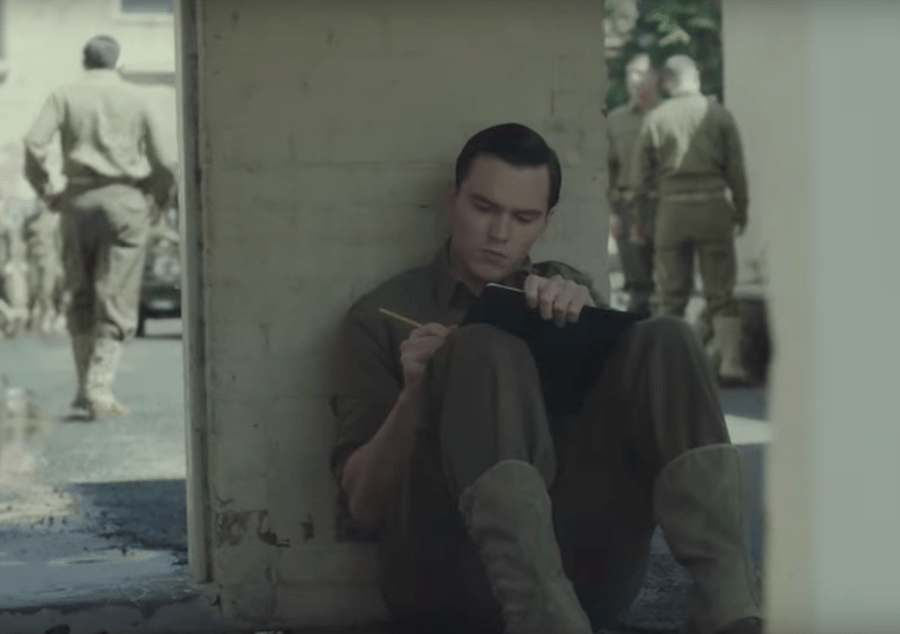 Nicholas Hoult as J.D. Salinger in "Rebel in the Rye." (Screen shot via YouTube)
Nicholas Hoult as J.D. Salinger in "Rebel in the Rye." (Screen shot via YouTube)
Biography is hard. Biopics are harder. Films about artists at work often show the creation of a painting or sculpture to give the moviegoer a point of entry into the artist’s inner life. Similarly, those about composers show the creation of a song or a sonata, a process that engages the filmgoer’s ears and attention while suggesting the musician’s inner rhythms.
Yet those about authors at work nearly defy dramatization, like Danny Strong’s “Rebel in the Rye,” the writer/director’s portrait of influential 20th century writer J.D. Salinger. The click-clack-click of typewriter keys does not engage the viewer in the same way as the process of creating a portrait or song. When it comes to degree of difficulty, few movie genres are more challenging to the filmmaker than the literary biopic. That’s why movies about writers so often conflate the subjects’ biographies with their books, like Bennett Miller’s “Capote,” or find visual correlatives for the book’s tone, like David Cronenberg’s “Naked Lunch,” a hallucinatory journey through the mind of William S. Burroughs.
Having worked as a screenwriter for the wonderful HBO films “Recount” and “Game Change,” as well as the feature film “The Butler,” about the man who (literally) served eight presidents at the White House, Strong makes his feature directorial debut with “Rebel.” His film is at its best when it taps into Salinger’s angst and process.
“Rebel” veers between the intriguing and the inert. Anchored by Nicholas Hoult’s sensitive performance as Salinger, the film intrigues when Strong shows us the upstart—unformed, undisciplined and unpublished—beginning to listen to writing professor Whit Burnett (Kevin Spacey) instead of interrupting him.
For Burnett (whose Story magazine was first to publish Salinger, as well as Norman Mailer and Truman Capote), the voice of this loudmouth student overwhelms the classroom and smothers his own short stories. Make the story less about your voice, Burnett quietly suggests. Make it more about the emotional experience of the reader. His words make something visibly click in Salinger: the recognition that writing is not only about self-expression, but, more critically, about human connection. When Burnett demands, “Are you willing to spend the rest of your life writing stories, even if you get nothing in return?” the scales fall from the eyes of his student. Writing is like a prayer, and precious few prayers are answered.
Until this exchange, it would seem that young Salinger wants to be a writer principally to impress pretty girls like Oona O’Neill (played by Zoey Deutch), the fetching daughter of acclaimed playwright Eugene O’Neill. A writing career would also enable Salinger to avoid joining the family business. “Meat and cheese distribution have been very good to us,” says his father (Victor Garber) in an unfortunate piece of dialogue. While early scenes between Salinger and Burnett are electric, those involving Salinger’s pursuit of O’Neill and his retreat from his father are equally perfunctory.
Resembling an embryonic Daniel Day-Lewis, Hoult’s Salinger is like one of those henhouse anomalies, an egg hatched without a shell, exposed and insecure, trying to keep itself intact. It’s a fascinating performance, but in a movie that covers 25 years, he ages not a day.
When Salinger writes short stories about a young upstart named Holden Caulfield, Burnett, the writer’s father figure and first guru, presses him to build a novel around the character. “I can’t write a whole novel,” protests Salinger. “I’m a dash man, not a miler.” Still, it is Caulfield, and the handwritten pages about him, that get Salinger through World War II, where both his military service and constant rewriting prove him a marathoner.
The film is mostly chronological, punctuated with flash-forwards and flashbacks to the European mental hospital where Salinger committed himself after the war. Upon returning to the States with an unexplained German wife, unresolved PTSD and writer’s block, Salinger becomes estranged from Burnett and effectively replaces him with a new guru, a Buddhist who suggests the writer try meditation and yoga. Before long the only way for Salinger to write is to isolate himself, and it becomes increasingly hard to find a point of entry into his psyche because he keeps moving farther and farther away.
The first half of the film is emotionally engaging, its second half slack, and on the whole the film is singularly un-cinematic. Struggling for a new angle on the writer at his instrument, Strong puts the camera under Salinger’s typewriter, framing the writer’s face through the keys.
Give Strong points for trying, but the evidence of his first feature film shows he is a more fluent screenwriter than filmmaker.
Your support matters…Independent journalism is under threat and overshadowed by heavily funded mainstream media.
You can help level the playing field. Become a member.
Your tax-deductible contribution keeps us digging beneath the headlines to give you thought-provoking, investigative reporting and analysis that unearths what's really happening- without compromise.
Give today to support our courageous, independent journalists.
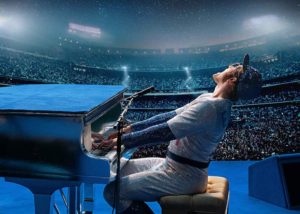
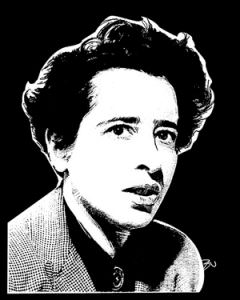
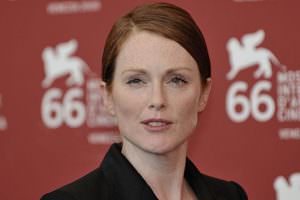
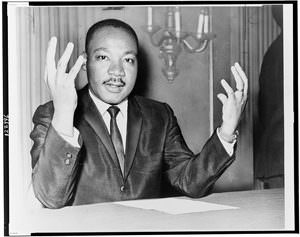
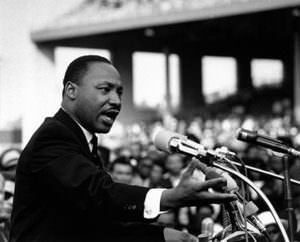
You need to be a supporter to comment.
There are currently no responses to this article.
Be the first to respond.